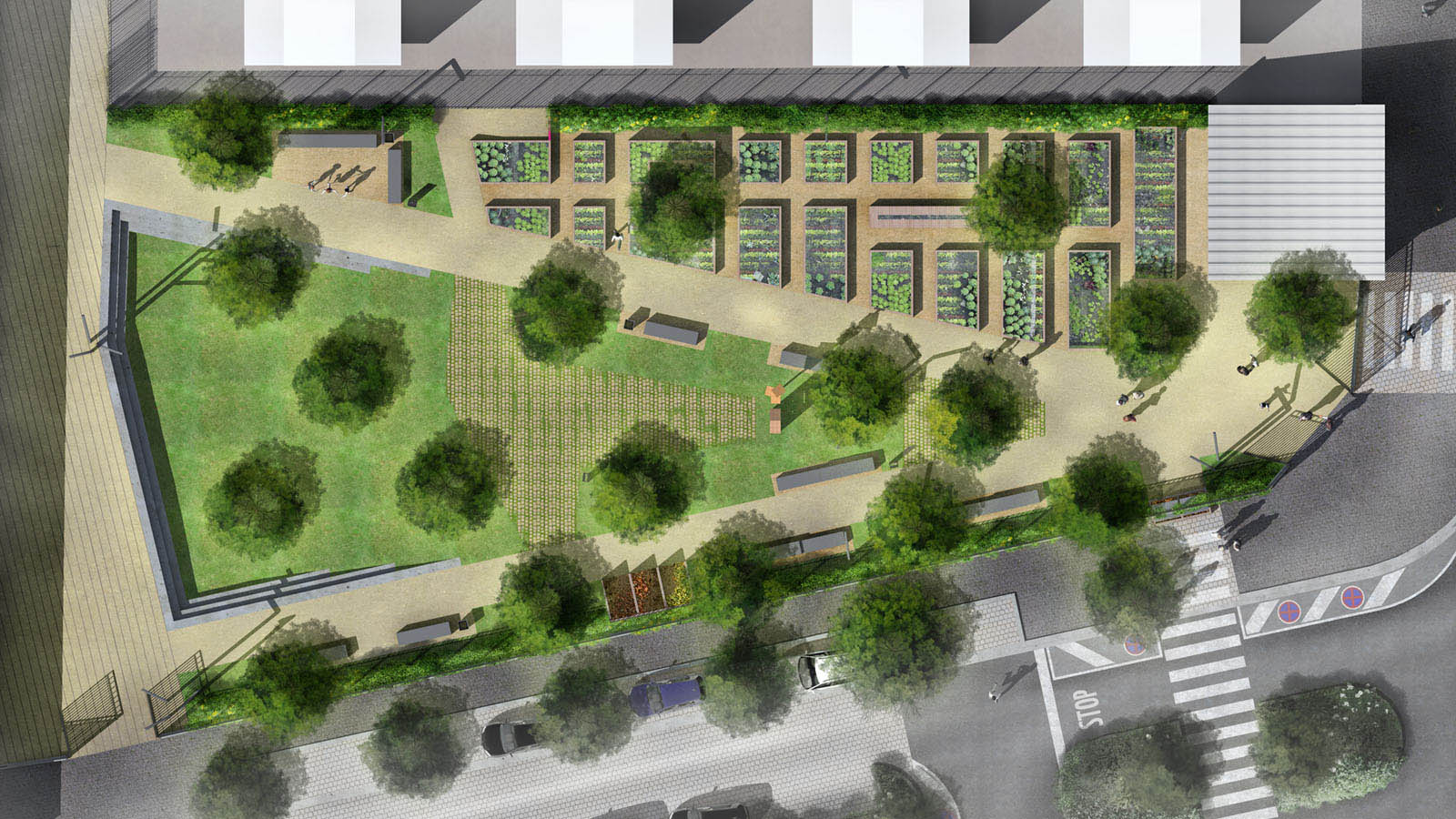
While the very good news is that there's still time to salvage this with quality landscaping. The weeds haven't overrun your yard yet and there's still a good amount of green life left in this grass. Here we will cover five guidelines to help you improve your yard that will create an outdoor space you may enjoy for years to come.
Already, recycled plastics have realized a market with plastic lumber. According to the Plastic Lumber Company, Inc., one board foot of plastic lumber uses about 16 recycled milk jugs. This figure results in a significant lowering of landfill waste. Expanding that sell to recycled plastic paving stones can increase the environmental benefits.
We will probably never discover who the inventor from the leaf blower is. Yet, we can be quite certain that the first commercially ready backpack leaf blower was developed in 1970 from the Japanese Kyoritsu company that we know today as Echo. The PB-9 Backpack Power Blower was not the very first blowing machine built by Kyoritsu. The company pioneered the creation of what https://www.youtube.com/watch?v=Kr_peYf3eaw are called backpack power dusters which are used to spray pesticides on plants. The story goes that men and women started to dismantle mit spray unit and used these devices to blow leaves and debris out of their property. It is a realistic story. It is not difficult to guess that the company engineers saw the interest in something that blows leaves and designed the PB-9.
If you are planning to construct a pathway, a choice would be to use crushed brick, in which case you'll need to line the underside with a special fabric, to avoid particles from becoming lost. Or you can merely employ bricks to generate a pathway or sideway. In this case, you can use a basket wave design or simply place them consecutively, one by one.
No comments:
Post a Comment